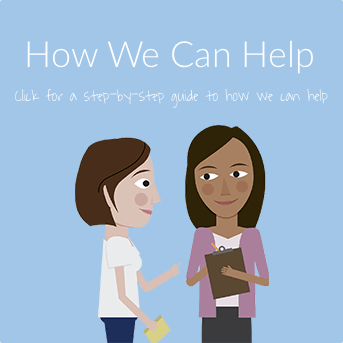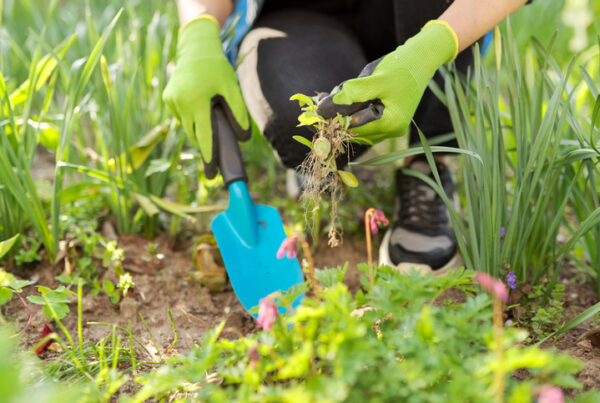Does your mood change with the seasons? If you live in the north, like I do, then the annual shift in seasons can often provoke a similar shift in your mood. As the autumn nights give way to cold winter darkness, people often find themselves slowing down and feeling less motivated to get things done. Some of us start to feel more gloomy and grumpy, too. These feelings are common. The days grow shorter, the nights longer, and our sleep is disrupted. As a psychologist, I used to see it every year when I was in the office, and now with Learn to Live our members are reporting the same experience to our member coaches—right on schedule.
This experience normally falls into one of three categories:
1. Winter Blues: this is the most common form. You tend to feel sluggish, have difficulty sleeping, and find yourself a bit down as the days get shorter. It’s not severe enough to be a diagnosable condition, but it sure doesn’t feel good.
2. Seasonal Affective Disorder (SAD): this is another one you may have heard of. It’s a bit more serious than the Winter Blues. You might experience low mood and lack of pleasure along with a number of physical and behavior markers like the urge to sleep more, low energy, isolation, etc. Interestingly, a small minority of people experience SAD in the summer instead.
3. Seasonal Affective Disorder +: the final one is essentially an extreme version of SAD. In the case of SAD+, the deep discouragement of winter is offset by periods of extremely high energy and mood levels in the summer. These extremes can be exhausting for people.
Understanding the cause of our struggles is an important step in helping us address them. However, despite research into circadian rhythms (our body clock), neurotransmitters, genes and other factors, we still don’t know exactly why each person struggles in a particular way when winter comes. The good news is that even if we’re not sure of the cause, we have solid data on solutions that work. As a psychologist who is passionate about behavior change and the role of thoughts and behavior, activation, or our level of engagement with life, is one of those solutions. If we disengage from activities as the temperature drops, our mood tends to drop as well. Not everyone who has winter blues or SAD becomes sedentary in the winter, but our level of activation appears to play a strong role.
Here are three research-based solutions: medication, lights and Cognitive Behavioral Therapy (CBT).
1. The medications usually include some form of antidepressant used for other mood disorders. These are effective for many sufferers.
2. Light therapy involves sitting in front of a light box with bright non-UV lights for an extended period of time. This type of therapy is best done under the care of a provider who can recommend the best light and assess the risk, which is particularly high for bipolar individuals.
3. While meds and lights are very good options, the research points to CBT as the strongest solution. You may already know that CBT involves examining your thoughts and emotions. But many people, including some providers, are unaware that it includes behavioral tools, like activation. When we increase our level of activity despite our rainy-day mood, we nudge ourselves to engage in activities that normally bring us joy.
Activation is incredibly powerful and very simple, but that doesn’t mean it’s easy to do when you’re feeling really down. It still requires some will power. The good news is that the more you do it, the easier it becomes. It’s such an effective tool that we included it as the first lesson in our Learn to Live Depression program. So, if you’re feeling the seasonal pull of the shorter winter days but aren’t at the point where you want to consider outside help, then activation may be a good option for you. Start with something small. Take notes. Jot down your mood before and after. Try to choose recurring activities, like a daily morning walk or a regular bike ride. Make it part of your schedule. Winter doesn’t have to be a season of discouragement. Try activation and see how much different you can feel.




